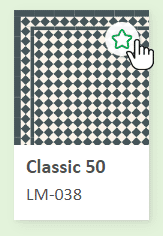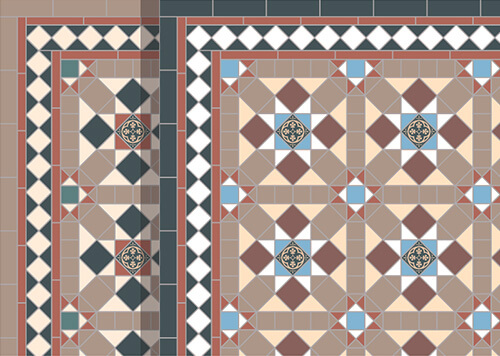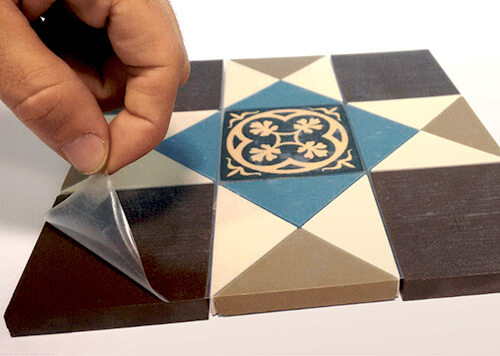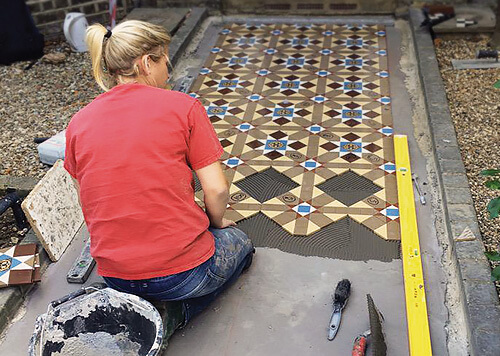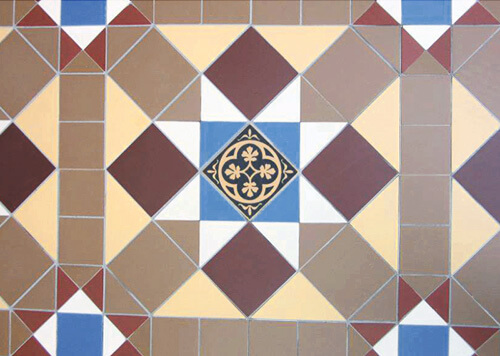How London Mosaic calculates your quote
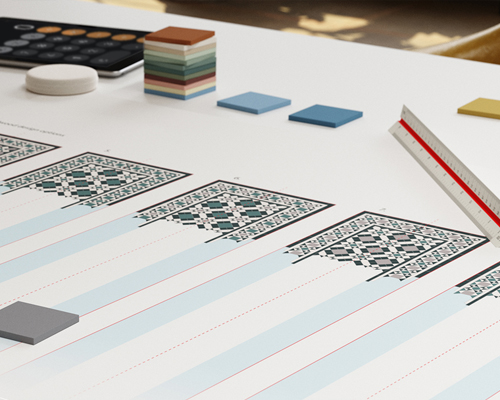
How do we go about pricing designs, and providing you with an accurate and transparent quotation to supply tiles for your space?
Mosaic floor designs can range from simple repeating (tessellating) patterns to intricate geometric arrangements, each requiring different types and quantities of tiles.
Similarly, the shape of spaces to be tiled can vary greatly, from straightforward rectangular paths to complex hallways with curved walls, indentations, and door thresholds to consider.
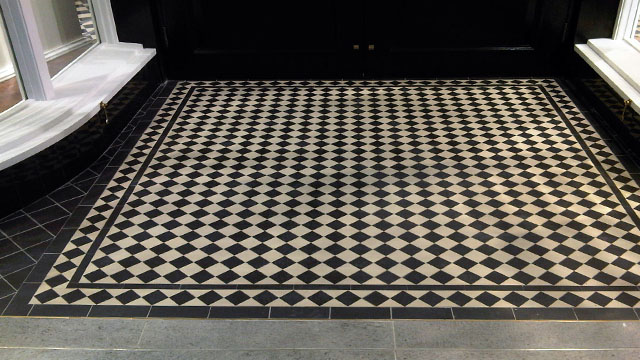
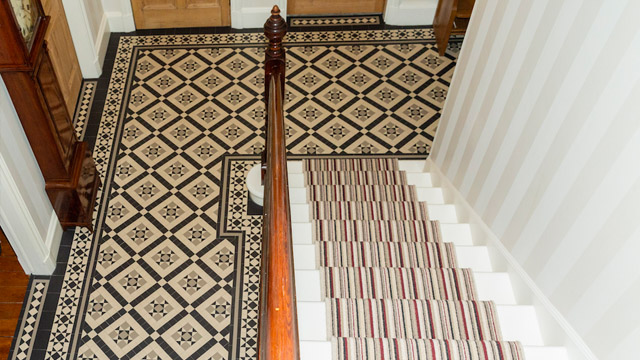
Accurate measurements
Above anything else, an accurate quotation requires precise dimensions of the space. These can be provided as width and length, or derived from detailed plans. Our experienced sales and design team can interpret everything from rough sketches to architectural scale drawings to obtain the necessary measurements.

The method our sales and design team use to calculate the price takes into consideration various factors to provide an accurate cost. This includes weightings for different variables, such as the complexity of the design and the time required to assemble the tiles into bespoke sheets.
For example, a simple chequerboard pattern (such as LM-361) requires less time and skill to assemble than a complex multi-coloured Victorian mosaic (such as LM-600).
Basic quotation
As a starting point for providing an accurate quotation, we calculate the cost based on the tessellating area of the tiles. Each tile in our range has a unique (recommended retail) price, and we calculate the cost of a design by determining the area covered by these tiles.
))
Once the base price per square meter is established, we add a 5% allowance for wastage, which we find sufficient for our range of tiles.
Determining border costs
The next step in our pricing process involves calculating the cost of border patterns. This is done by determining the number of specific tiles that fit within a linear meter and adding up the costs of these elements.
The width of the border pattern is considered when accurately calculating the design's field area, and may change according to the symmetry of the field within the space.

'Diamond set' Victorian style designs
Most of our Victorian tile designs are 'diamond set', laid at a 45-degree angle (such as LM-346). We include the cost of the individual triangles needed to complete the edge of the field pattern where it meets the border.
Different-sized triangles have varying costs, but the method our sales and design team uses accounts for these variations, ensuring accurate pricing.
In contrast, some other designs are 'square set' (such as LM-233) where the additional cost of triangles is not required.
Contact us for an accurate quote
The simple calculator tool available on this website only includes an average cost for estimating purposes, and doesn't account for those designs which are 'square set' where the additional cost of triangles is not required.
Our website calculator tool gives a good price indication for most designs. Using an average, rather than individually priced tiles, means it will differ slightly from the final accurate quotation created by our skilled sales and design team.
London Mosaic's long experience with mosaic designs allows us to price every project fairly, accurately and competitively. Combined with our sheeted tile concept, this enables you to minimise waste and maximise the efficiency of fitting your mosaic floor.
Please contact us for an accurate quote and free design consultation.


